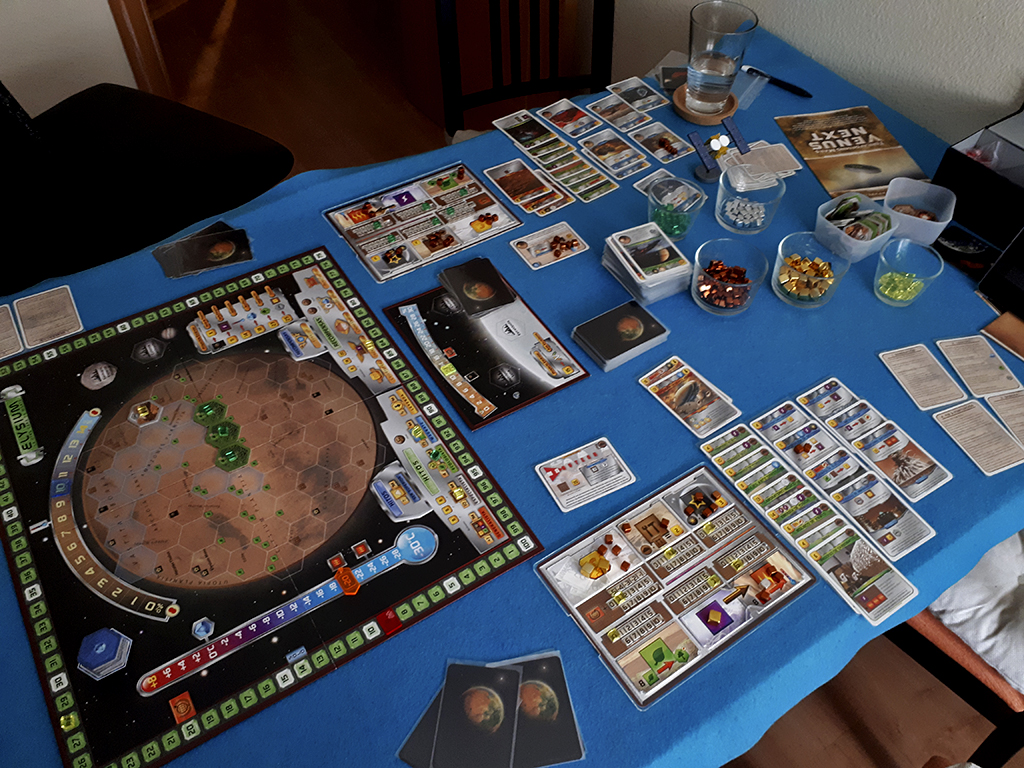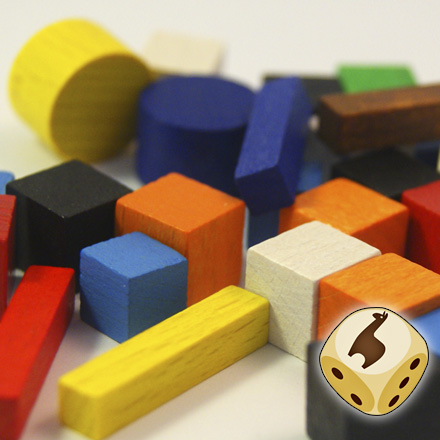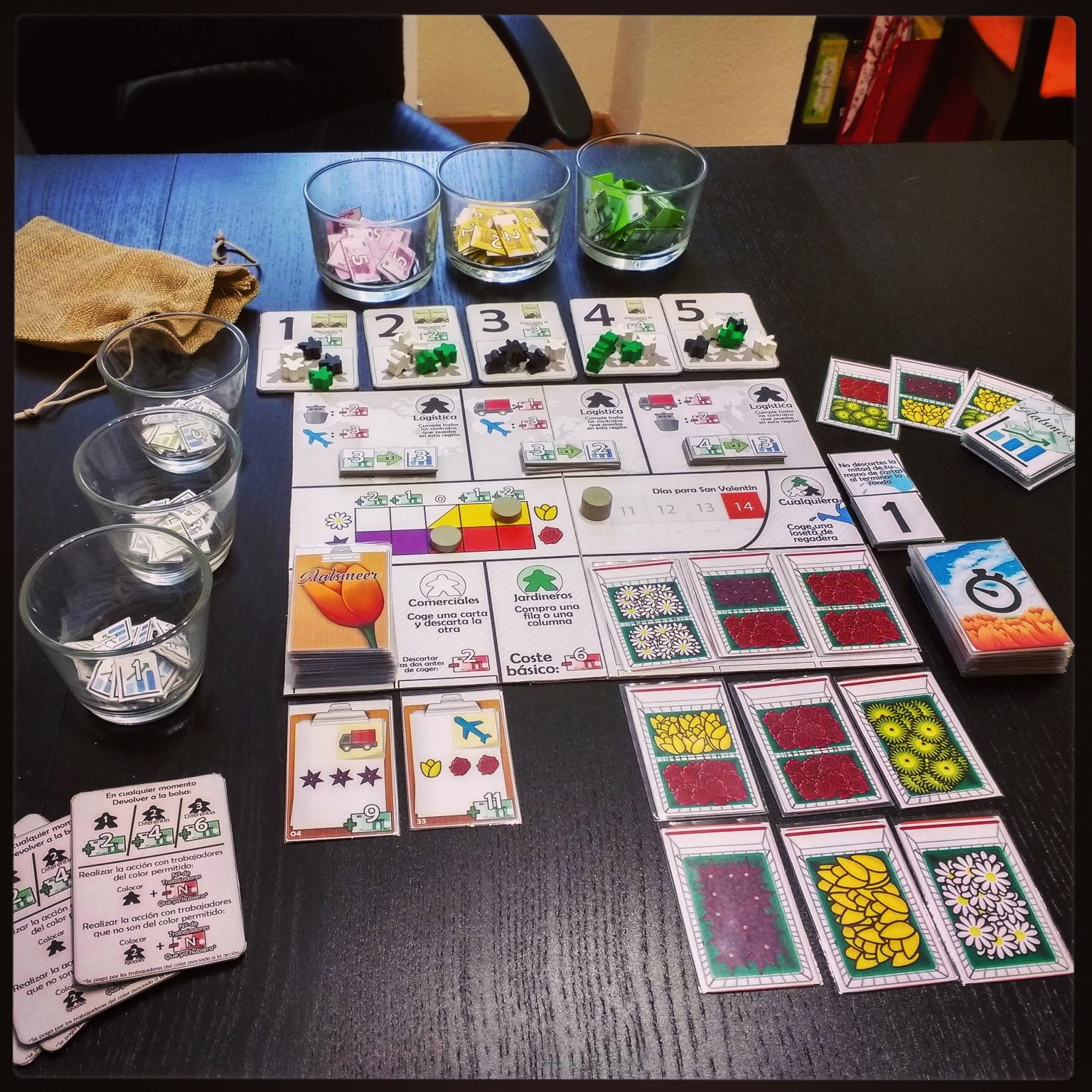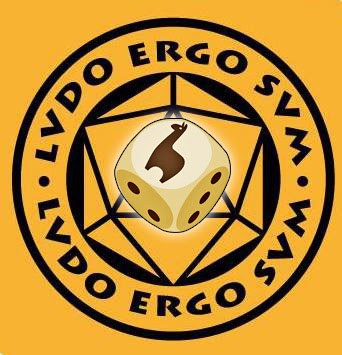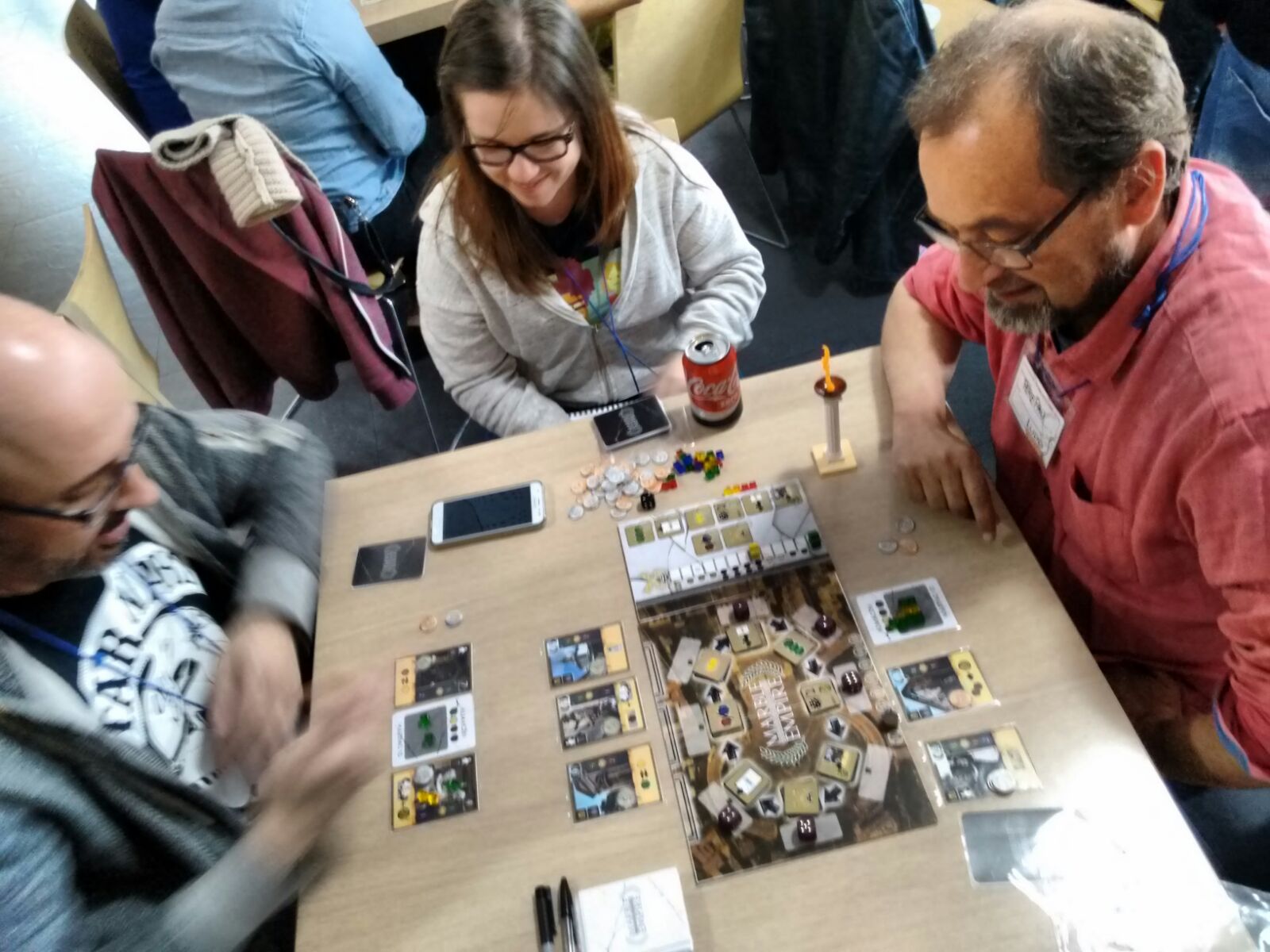The Strategy of Winning Big in Deal or No Deal
Deal or No Deal is a game show that has been thrilling audiences for years, with its unique combination of luck and strategy. While winning big requires a bit of luck, there are several strategies that can maximize your chances of success. In this article, we will delve into the various tactics you can employ to increase your winnings in Deal or No Deal.
Understanding the Basics
Before https://deal-or-no-deal.org/ we dive into the strategic aspects, it’s essential to understand how the game works. The basic premise is simple: contestants are presented with 26 briefcases, each containing a different cash prize ranging from $0.01 to $1 million. Contestants choose their case and then eliminate cases in a series of rounds, hoping that their chosen case contains the highest amount.
Initial Case Selection
When selecting your initial case, it’s crucial to consider several factors. The most obvious approach is to pick a case with a high value based on its location. Cases 1-12 are more likely to contain higher amounts than cases 13-26, as they have fewer possible combinations of remaining prizes.
Another strategy is to look for a "balanced" case. This refers to choosing a case that has a roughly even number of high and low values in the remaining briefcases. For example, if you pick case 5, there are four higher-value cases (1-4) and 10 lower-value cases (13-22). By selecting a balanced case, you can minimize your chances of getting a low value.
Elimination Strategies
As the game progresses, contestants must eliminate several cases in each round. The key to maximizing your winnings is to eliminate cases that are most likely to contain high values. One approach is to target cases with an equal number of remaining high and low values. For example, if there are five cases with $1 million left, you can eliminate two cases with the lowest value (e.g., cases 14-15) to increase the chances of your case containing a higher amount.
Another elimination strategy involves targeting "probability-rich" areas. These areas refer to specific groups of cases that have a higher probability of containing high values based on the number of remaining prizes. For instance, if you’re left with four $1 million cases and two $500,000 cases, it’s more likely that one of these will be eliminated in the next round.
Banker’s Insights
As contestants eliminate cases, they are offered a deal by "The Banker." This mysterious figure provides an estimate of your case’s value based on the remaining prizes. While The Banker is not infallible, their insights can be useful for making strategic decisions.
If you believe your case contains a high value, it may be worth rejecting The Banker’s offer and continuing to play. Conversely, if you think your case has a low value, accepting The Banker’s offer can save you from further losses.
When to Play It Safe
While strategy is essential in Deal or No Deal, there are times when playing it safe is the best approach. If you’re left with only one or two cases containing high values, it may be wise to accept The Banker’s offer and minimize your potential loss.
In some instances, contestants have been known to make reckless decisions by rejecting a generous offer in favor of playing for a higher amount. This can lead to significant losses if the remaining case is eliminated, leaving you with nothing.
Psychological Factors
Deal or No Deal is as much a game of psychology as it is luck and strategy. Contestants must navigate their emotions and make tough decisions under pressure. The fear of losing and the desire to win can cloud your judgment, leading to poor choices.
One common pitfall is becoming overly attached to your initial case choice. This emotional investment can lead you to cling to your decision even when it no longer makes sense strategically. It’s essential to remain objective and make decisions based on probability rather than personal attachment.
When to Take a Risk
While playing it safe is often the best approach, there are situations where taking a risk is justified. If you’re confident that your case contains a high value and The Banker offers a significantly lower amount, it may be worth rejecting their offer and continuing to play.
In these instances, contestants must weigh the potential benefits against the risks of losing everything. This delicate balance requires a deep understanding of probability, as well as the ability to manage risk and uncertainty.
Conclusion
Deal or No Deal is a game that demands strategy, psychology, and a dash of luck. By employing various tactics such as initial case selection, elimination strategies, and using The Banker’s insights, contestants can maximize their winnings. While there are no guarantees in this unpredictable game show, being aware of these strategic approaches can give you an edge over your opponents.
Ultimately, the key to winning big in Deal or No Deal lies in balancing risk and reward. Contestants must navigate the complex interplay between probability, psychology, and luck to emerge victorious. By understanding these dynamics and employing the strategies outlined above, you’ll be well on your way to maximizing your winnings in this exciting game show.

